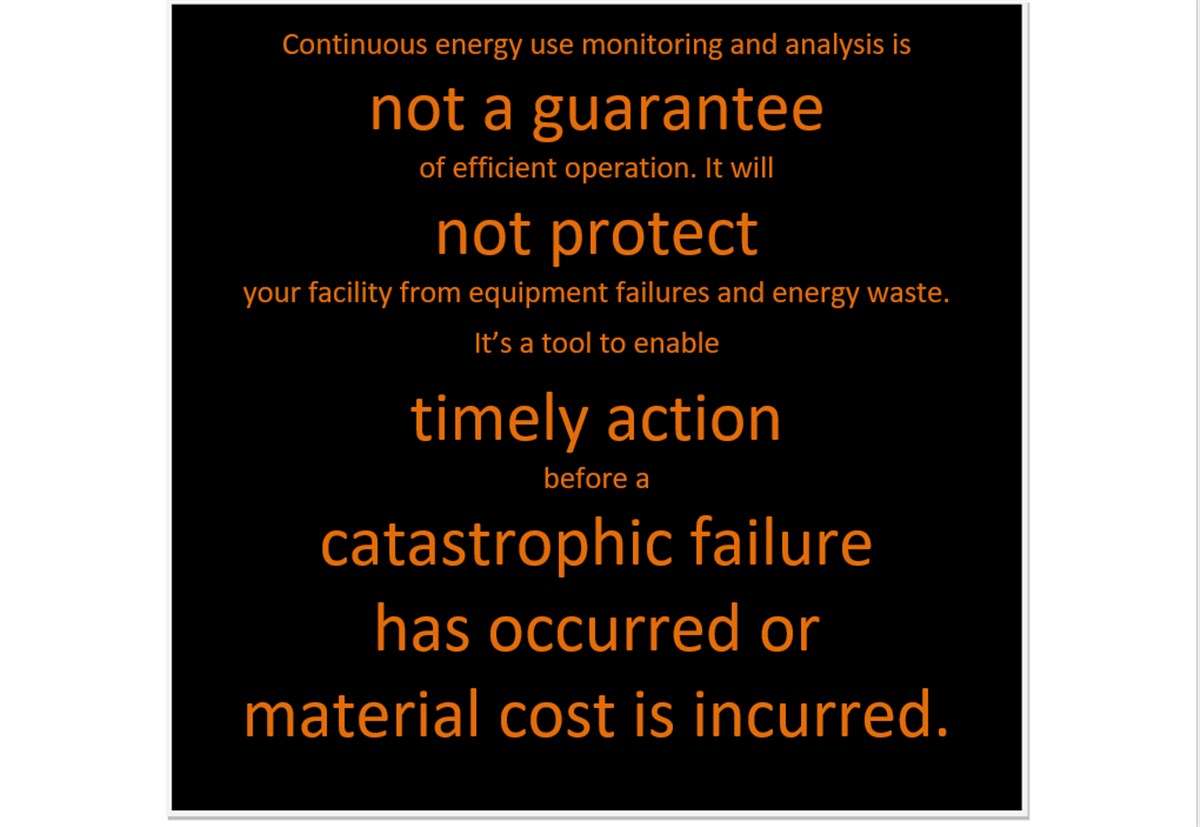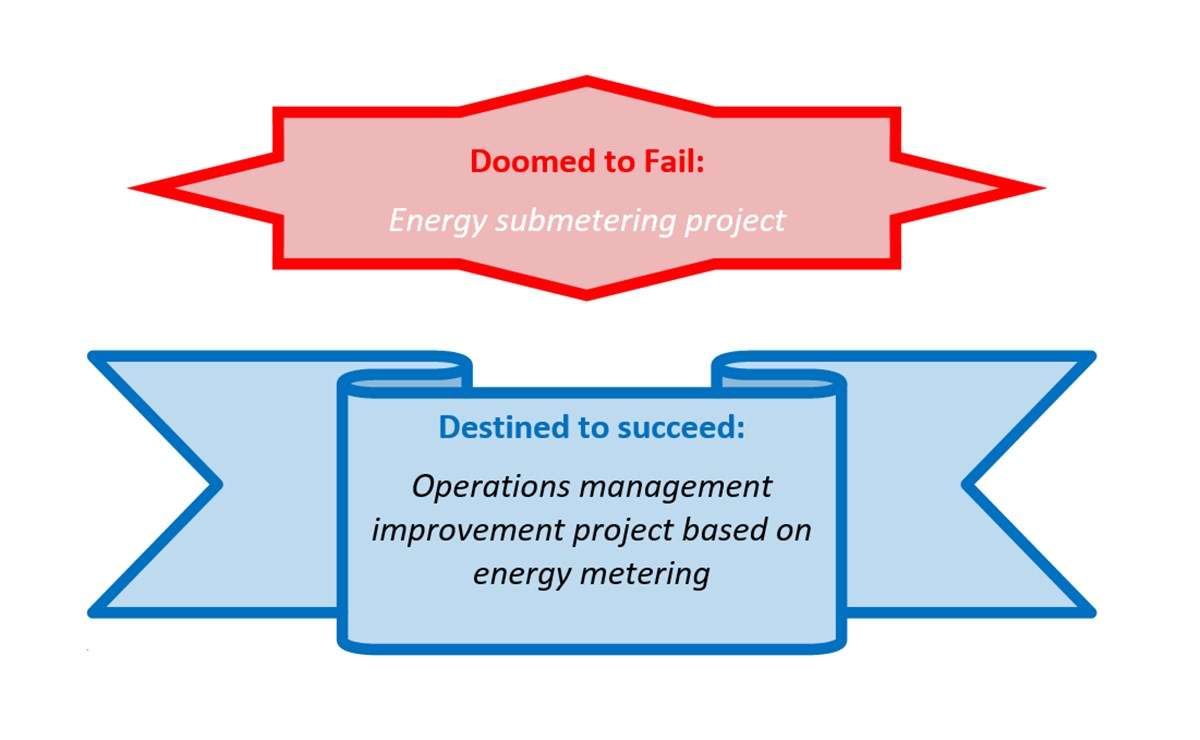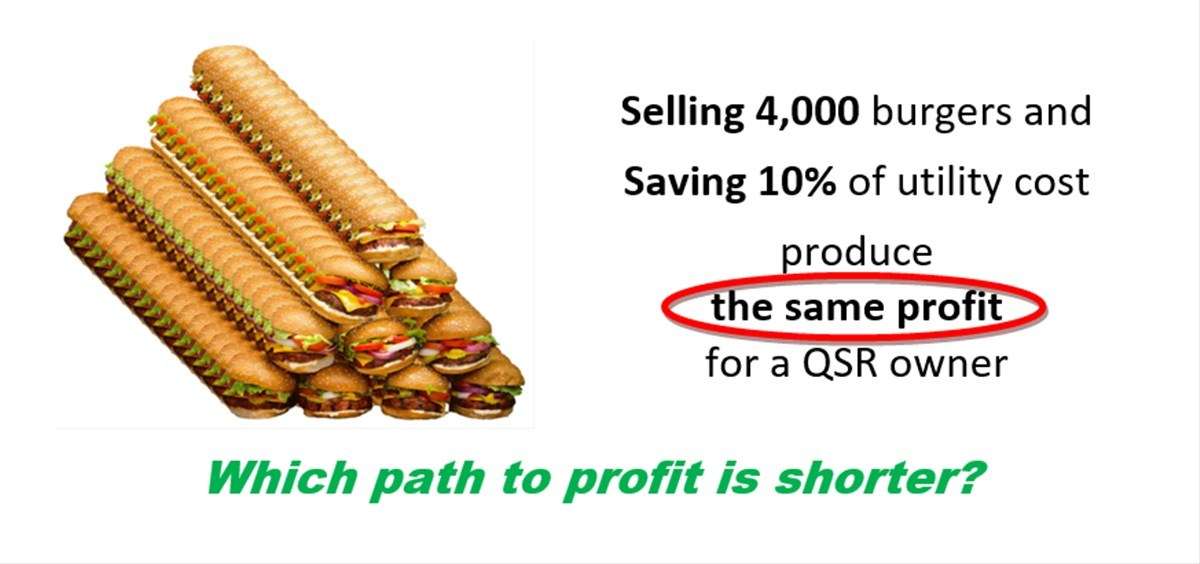In the world of property management overseeing energy in big portfolios of small but numerous sites is a daunting challenge. No manager can afford to watch energy consumption every day at every site while energy costs are up, and maintenance resources are limited. Enter kWIQly, a cutting-edge AI platform that is here to revolutionize energy management of big portfolios of similar sites, making it possible to find energy waste within days instead of months.
Power of kWIQly can be applied to portfolios of supermarkets, coffee shops, bank branches.
Simply put, kWIQly turns interval energy consumption data into a ranked list of sites wasting energy. Say goodbye to endless spreadsheets and graphs; kWIQly is at the rescue, and it’s turning data into value automatically. Generating tickets and automatically tracking their completion, providing reports and forecasts come as a welcome icing on the cake.
How does kWIQly create value for clients?
kWIQly is a sophisticated system with a simple purpose – to make the life of property managers simpler. It does not fix energy consumption issues, but it makes it possible to find them all quickly and inexpensively as no site visits or endless Excel spreadsheets are required.
“Time is Money” has a literal meaning when it comes to energy waste: the longer energy waste goes – the more money is wasted. kWIQly cuts time during which energy consumption issues create unrecoverable cost.
- Timely Issue Detection and Preliminary Diagnostic: The platform enables property managers to catch energy consumption issues within days, preventing the accumulation of energy waste. System also provides a preliminary diagnostic of issues, thus saving time on troubleshooting.
- Resource Use Optimization: With kWIQly, property managers can focus their limited maintenance resources on sites that have the highest potential for energy waste reduction.
- Deeper Savings: It helps identify energy-saving opportunities even when everything seems to be working fine.
- Automatic ticket management: System will create, send, track and report ticket completion based on consumption changes; all this – automatically, no need for site visits or contractor reports.
- Reporting: Provide documented saving reports.
kWIQly is like a regression model on steroids
kWIQly uses regression to predict energy consumption from input data. The ‘steroids’ part is that it creates not a single model, but a cloud of interconnected models that account for days of week, and hours of day, and weather to predict correct consumption. AI determines what data should go into which model and how models connect for each moment of operation.
Once system has established an energy model for each site, finding waste is straightforward – it’s the difference between what is and what it should be. Finding waste is just a beginning.
kWIQly goes farther by providing preliminary diagnostic of the reasons behind the overconsumption by comparing site performance to its best self and to its peer through a set of proprietary KPIs.
KPIs are the eyes of kWIQly
If automatic modeling is the backbone of kWIQly, it is the proprietary Key Performance Indicators (KPIs) that turn model into actionable insights. These metrics assess various aspects of energy consumption. Here are the top five of the KPIs used:
- Waste: Measures the deviation of daily consumption from model forecasts.
- Baseload: Evaluates how well a site reduces its load during non-operating periods.
- Times: Assesses how well a site follows an established schedule.
- Compensation: Analyzes how a site reacts to changes in average daily temperature.
- Convexity: Measures the site’s speed in reacting to changes in weather during the day.
These KPIs are interconnected in a sense that one issue can manifest itself though several KPIs. For example, light left on 24/7 in the locker room will affect Waste, Baseload and Times, while dirty air intake filter will hit Waste and Compensation.
KPIs are smart, but the best part is that clients do not need to understand how they work. kWIQly handles all the complex calculations to produce a list of sites that require maintenance attention accompanied by a daily cost of not doing so and a preliminary diagnostic of the issue.
Real-World Case Study
To demonstrate the capabilities of kWIQly we took two years’ worth of 1-hour electrical consumption data from a test portfolio of 33 commercial sites under 5,000 sqft and run it through the system.
Here is what we found:
- 31 Periods of Excessive Consumption (Waste KPI)
These issues have been fixed, but it took 61 days on average and caused energy waste equivalent to consumption of one office over two years.
- 4 Sites with ongoing Waste issue (Waste KPI)
These sites were identified as consistently wasting electricity compared to their own prior performance in similar operational conditions at a pace of $17,000 per year (combined). Judging by prior maintenance track record these issues will be eventually fixed.
- 22 Sites with Excessive Baseload (Baseload KPI)
A shocking revelation was that 22 sites out of 33 had excessive baseloads. Among them, the top three sites waste over $30,000 per year combined. It is important to note that excess baseload consumption was determined based on actual prior performance, not on an engineering calculation reflecting a perfect world. It does not look like anybody was aware of this opportunity at all.
With kWIQly, property manager no longer wonders which site of portfolio wastes energy and which site calls for maintenance. System finds these issues, assesses associated cost, sends alerts, and provides comprehensive reports automatically, ensuring that no energy waste stays hidden and no savings unreported.
In conclusion, kWIQly is the property manager’s best employee who never gets tired, takes sick leave or vacation. With this revolutionary AI platform at your side, property management becomes simpler, more cost-effective, and environmentally responsible. Embrace the future of energy management with kWIQly.







Leave A Comment